
Best Practices for Cleaning and Maintaining High Traffic Commercial Hardwood Floors is like a well-orchestrated symphony, where every step and technique harmonize to create a flawless result.
In high-traffic areas, where foot traffic and spills are unavoidable, it is crucial to follow best practices to preserve the integrity and appearance of these floors.
This article explores effective cleaning methods, the importance of regular maintenance, and strategies to protect floors from damage.
By implementing these practices, businesses can ensure longevity, cleanliness, and contribute to sustainable business practices.
Key Takeaways
- Regular cleaning and maintenance is crucial for the longevity of commercial hardwood floors in high-traffic areas.
- Placing mats and rugs in high-traffic areas can help protect the floors from dirt, grime, and damage.
- Annual deep cleanings are essential to restore the floors to like-new conditions and improve their cleanliness and appearance.
- Properly protecting the floors from damage, such as using floor protectors and addressing spills immediately, is key to maintaining their quality.
Table of Contents
Routine Cleaning and Maintenance
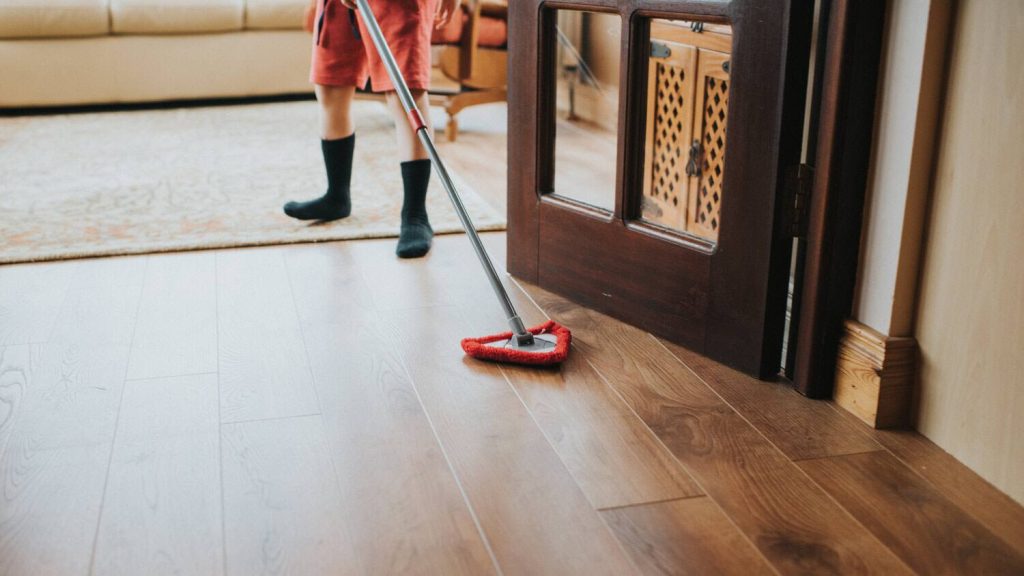
Implementing routine cleaning and maintenance is essential for preserving the longevity and appearance of commercial hardwood floors in high traffic areas. Regular cleaning helps to remove dirt, dust, and debris that can cause scratches and wear on the surface of the floor. This should be done at least once a day, and in high-traffic areas, it may be necessary to clean more frequently, especially during inclement weather.
The use of mats and rugs in these areas can also help to trap dirt and moisture, providing an additional layer of protection for the floors. It is important to avoid using harsh chemicals when cleaning hardwood floors, as they can cause damage to the finish. Instead, use appropriate cleaning tools and follow the manufacturer’s recommendations for maintenance.
Deep cleaning should be done annually to restore the floors to like-new conditions, and professional cleaning services can provide expert advice and periodic maintenance schedules. By implementing a maintenance plan and taking precautions to protect against moisture and heavy wear, commercial hardwood floors can remain beautiful and durable for years to come.
Applying Best Practices for Cleaning and Maintaining High Traffic Commercial Hardwood Floors, will Save You Money in the Long Run.
Proper care is crucial for preserving the appearance and lifespan of commercial hardwood floors subjected to constant heavy foot traffic. Implementing the best cleaning and maintenance practices helps retain the pristine look that attracts customers and protects the flooring investment. Regular thorough cleaning, using proper commercial-grade floor cleaning products, utilizing mats and pads, and establishing effective daily/weekly routines tailored for high traffic are essential for extending the life of commercial wood floors. Following expert guidance on best practices shows customers, employees, and ownership that you value your hardwood floors enough to maintain them properly amidst the rigors of continuous use.
Use of Mats and Rugs
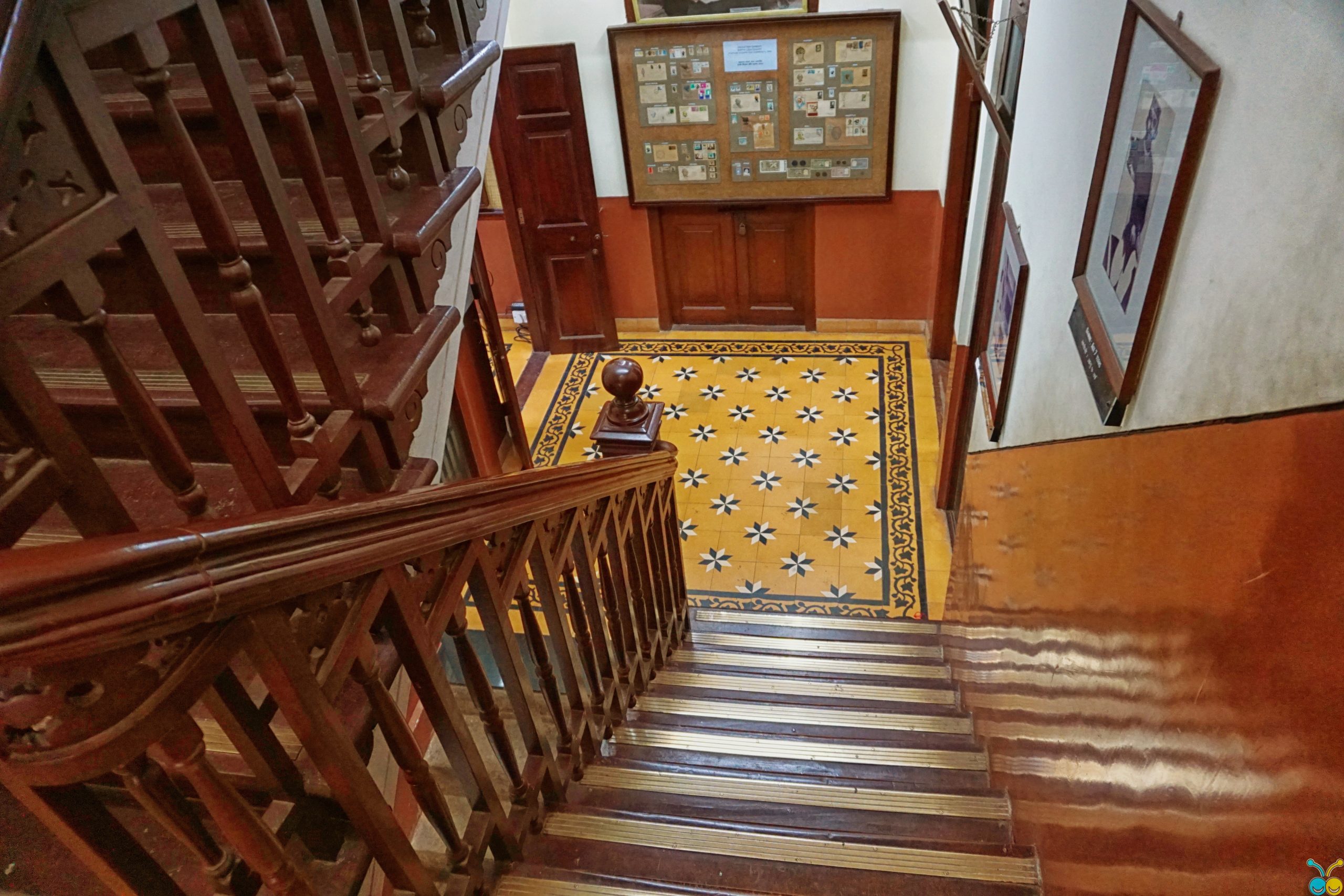
One effective strategy for protecting commercial hardwood floors in high traffic areas is to use a number of mats and rugs. Placing mats and rugs in these areas can help catch dirt, grime, and puddles, preventing them from being tracked onto the floor.
Mats and rugs also act as a barrier, protecting against scuff marks, scratches, and other substances that may damage the floor’s surface. Moreover, they provide an opportunity for employees and customers to wipe off their shoes before entering, reducing the amount of dirt and debris brought inside.
To ensure safety, it is important to secure mats and rugs properly and ensure they lay flat to avoid tripping hazards. Regularly cleaning or changing mats and rugs, at least once a month, is vital to maintain their effectiveness in protecting the hardwood floors.
Deep Cleaning
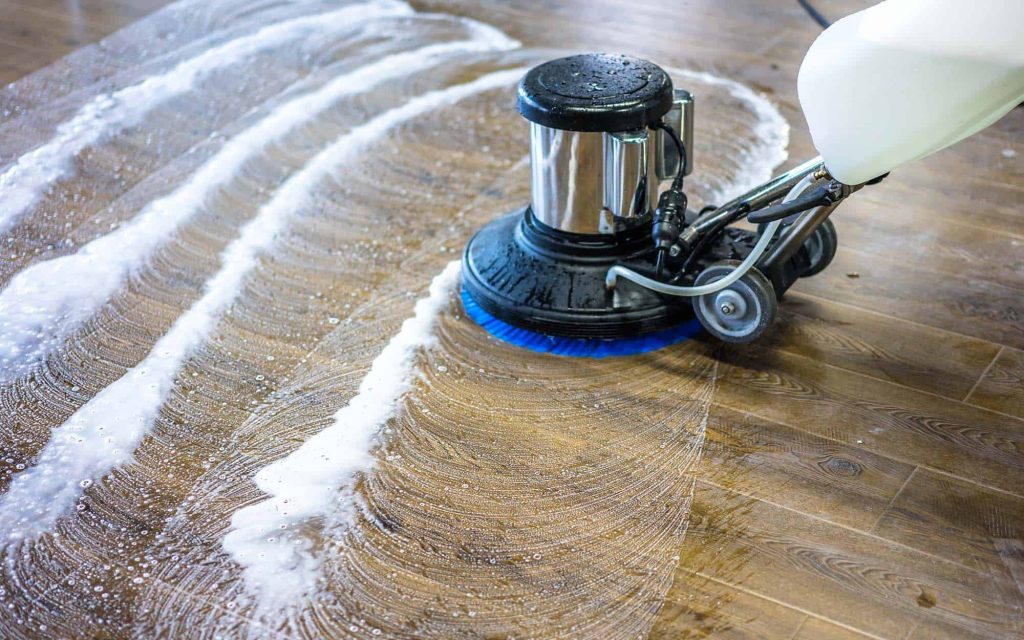
Deep cleaning is an essential step in the maintenance of commercial hardwood floors in high traffic areas. While regular cleaning helps maintain the flooring, deep cleaning should be done annually to extend the longevity of the floors.
Annual deep cleanings restore the flooring to like-new conditions, improving both cleanliness and appearance. It is recommended to seek professional floor cleaning services that can provide expert advice, periodic maintenance schedules, and specific cleanliness protocols. These services have the knowledge and tools to ensure the best results.
Protecting Floors From Damage
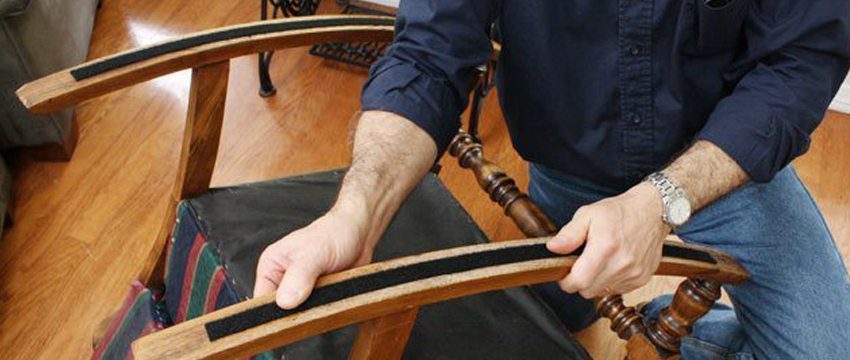
Floor protection is essential in maintaining the longevity and pristine condition of commercial hardwood floors in high traffic areas. To prevent damage, it is crucial to use floor protectors under furniture and avoid dragging heavy objects across the floors.
Placing doormats at entrances can reduce dirt and debris being tracked inside, while cleaning up spills immediately can prevent stains and damage. It is also important to use appropriate Floor cleaning products and techniques for different flooring materials.
By following these practices, businesses can ensure that their hardwood floors remain in excellent condition and avoid costly repairs or replacements.
Taking proactive measures to protect floors from damage will provide a clean and safe environment for employees and customers, while also preserving the aesthetic appeal of the space.
Regular Maintenance and Inspections

Regular maintenance and inspections play a crucial role in preserving the quality and longevity of commercial hardwood floors in high traffic areas. Implementing a regular maintenance schedule is essential to ensure that any issues are promptly addressed, preventing further damage.
It is important to inspect the floors regularly for signs of wear and tear or any potential damage. By following the manufacturer’s guidelines for maintenance and care, you can ensure that the floors remain in optimal condition.
In addition, considering professional maintenance services for specialized flooring materials can provide expert advice and periodic maintenance schedules.
Regular maintenance and inspections are the foundation for ensuring the longevity of commercial hardwood floors, and they set the stage for implementing regular care practices to maintain the floors’ quality over time.
Regular Care for Longevity
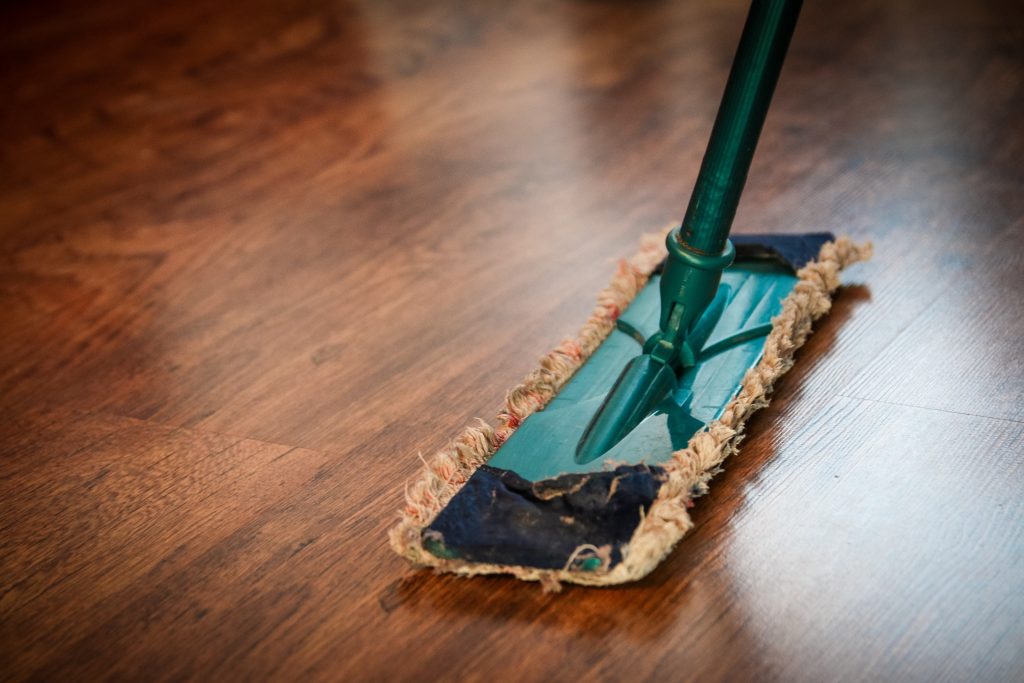
To ensure the longevity of commercial hardwood floors in high traffic areas, consistent care and maintenance are essential.
Regular care involves several practices that help protect and preserve the floors over time. Dry mopping the floors daily with a microfiber cloth mop is recommended to remove dust and debris.
Placing mats near entrances can trap water, sand, and dirt, especially during bad weather. When wiping up stains, it is important to use a damp mop with minimal water and to avoid letting stains or spills sit for long periods.
It is crucial to never use a soaking wet mop or pour water directly on the floor.
– The Importance of Regular Cleaning and Refinishing in High Traffic Commercial Areas
The frequency of cleaning and refinishing high traffic commercial areas is typically daily for basic cleaning, quarterly for deep cleaning and refinishing, and monthly for buffing, although these frequencies can vary depending on the specific circumstances of the facility.
High traffic commercial areas, such as retail stores, restaurants, and offices, are subject to constant wear and tear. This not only affects the aesthetic appeal of these spaces but can also have implications for hygiene and safety. Therefore, maintaining a regular cleaning and refinishing schedule is crucial.
Daily cleaning tasks, such as sweeping, mopping, and spot cleaning, are essential to maintain the appearance and hygiene of these areas. This helps to remove dirt and debris that accumulate throughout the day, preventing them from causing damage to the floor surface.
More intensive cleaning, such as deep cleaning, is typically required at least three times per year. However, in businesses with a high volume of foot traffic, such as retail stores or restaurants, deep cleaning may need to be performed every three months. This helps to remove ingrained dirt and restore the appearance of the floor.
Buffing is another important maintenance task for commercial floors. It’s recommended to buff them about once a month, although this will depend on your facility and its traffic. In facilities with areas of high traffic, procedures like scrubbing and recoating may need to be completed quarterly (4x a year).
Refinishing is a more extensive process that involves removing the old finish and applying a new one. Most floors start to show age after about 10 years, but floors that get a lot of foot traffic or sunlight may need to be refinished sooner. In commercial spaces like offices, schools, and retail stores, where foot traffic is constant and heavy, it is advisable to strip and wax the floors every three to six months.
These are general guidelines and the specific needs of your facility may vary. It’s always a good idea to work with a professional cleaning service to determine the best cleaning and maintenance schedule for your specific needs. Regular cleaning and refinishing not only help to maintain the appearance of your commercial space but also contribute to a healthier and safer environment for everyone who uses it.
Recommended Scheduled maintenance
Frequently Asked Questions
What Are Some Common Mistakes to Avoid When Cleaning and Maintaining Commercial Hardwood Floors in High-Traffic Areas?
When cleaning and maintaining commercial hardwood floors in high-traffic areas, it is crucial to avoid some common mistakes. These include:
- Using harsh chemicals or improper cleaning agents that can damage the flooring.
- Dragging heavy objects across the floor, which can cause scratches and scuffs.
- Neglecting to address spills and stains promptly, which can lead to permanent damage.
- Using incorrect cleaning techniques or tools that can harm the hardwood floors.
Are There Any Specific Cleaning Techniques or Products That Should Be Used for Different Types of Commercial Hardwood Flooring?
When it comes to cleaning and maintaining different types of commercial hardwood flooring, it is important to use specific cleaning techniques and products. Different types of hardwood floors may have different requirements, such as the use of gentle cleaners or certain cleaning tools.
It is crucial to follow the manufacturer’s recommendations for maintenance and care to ensure the longevity and appearance of the flooring. Seeking guidance from professional floor cleaning services can provide expert advice and specific cleanliness protocols for different types of commercial hardwood flooring.
How Often Should Professional Floor Cleaning Services Be Used for Commercial Hardwood Floors in High-Traffic Areas?
To ensure optimal cleanliness and longevity of commercial hardwood floors in high-traffic areas, regular professional floor cleaning services are recommended. These specialized services employ industry-leading techniques and equipment to effectively remove dirt, grime, and stains, while preserving the integrity of the hardwood.
The frequency of professional cleaning should be determined based on the specific needs and foot traffic of the area. By entrusting the care of commercial hardwood floors to professionals, businesses can maintain a clean and inviting environment for their employees and customers.
What Are Some Signs That Indicate It’s Time for a Deep Cleaning of Commercial Hardwood Floors in High-Traffic Areas?
Signs that indicate it’s time for a deep cleaning of commercial hardwood floors in high-traffic areas include:
- Noticeable dirt build-up
- Discoloration
- Dullness
- An overall lack of shine
Additionally, if regular cleaning methods are no longer effective in removing stains or restoring the floor’s appearance, it may be a good indication that a deep cleaning is necessary.
Professional floor cleaning services can assess the condition of the floors and provide expert advice on the appropriate timing for deep cleaning based on the specific needs of the hardwood floors in high-traffic areas.
Are There Any Specific Recommendations for Preventing Scratches and Scuffs on Commercial Hardwood Floors in High-Traffic Areas?
To prevent scratches and scuffs on commercial hardwood floors in high-traffic areas, it is recommended to:
- Use floor protectors under furniture.
- Avoid dragging heavy objects across the floor.
- Place doormats at entrances to reduce dirt and debris.
Additionally, it is crucial to:
- Promptly clean spills.
- Use appropriate floor cleaning products and techniques for hardwood floors.
Regular maintenance, inspections, and following manufacturer’s guidelines for care and maintenance are also essential for preserving the integrity and appearance of the floors.
